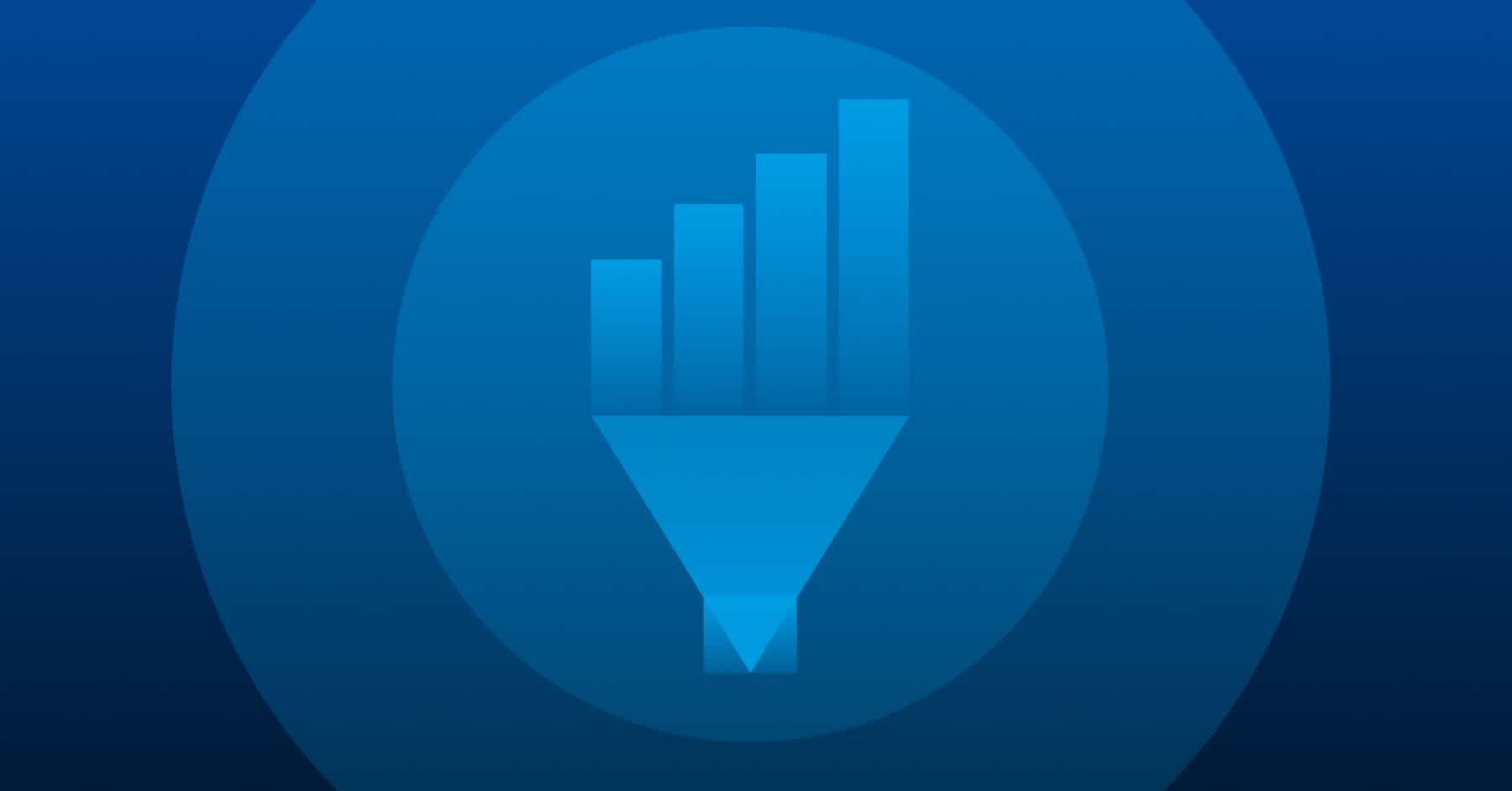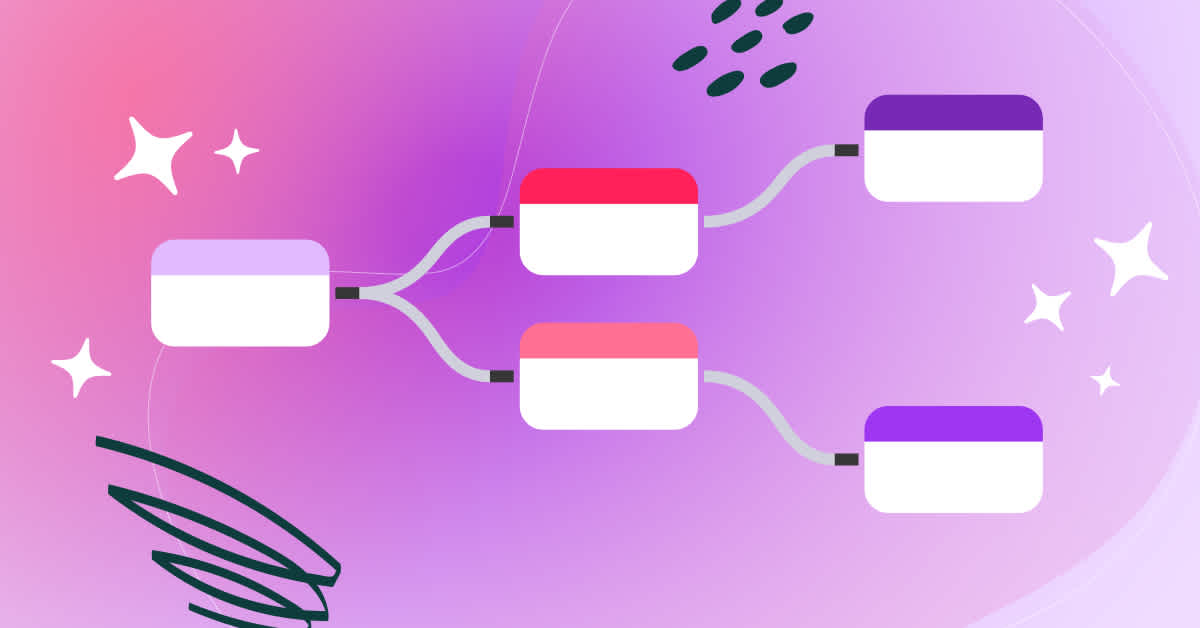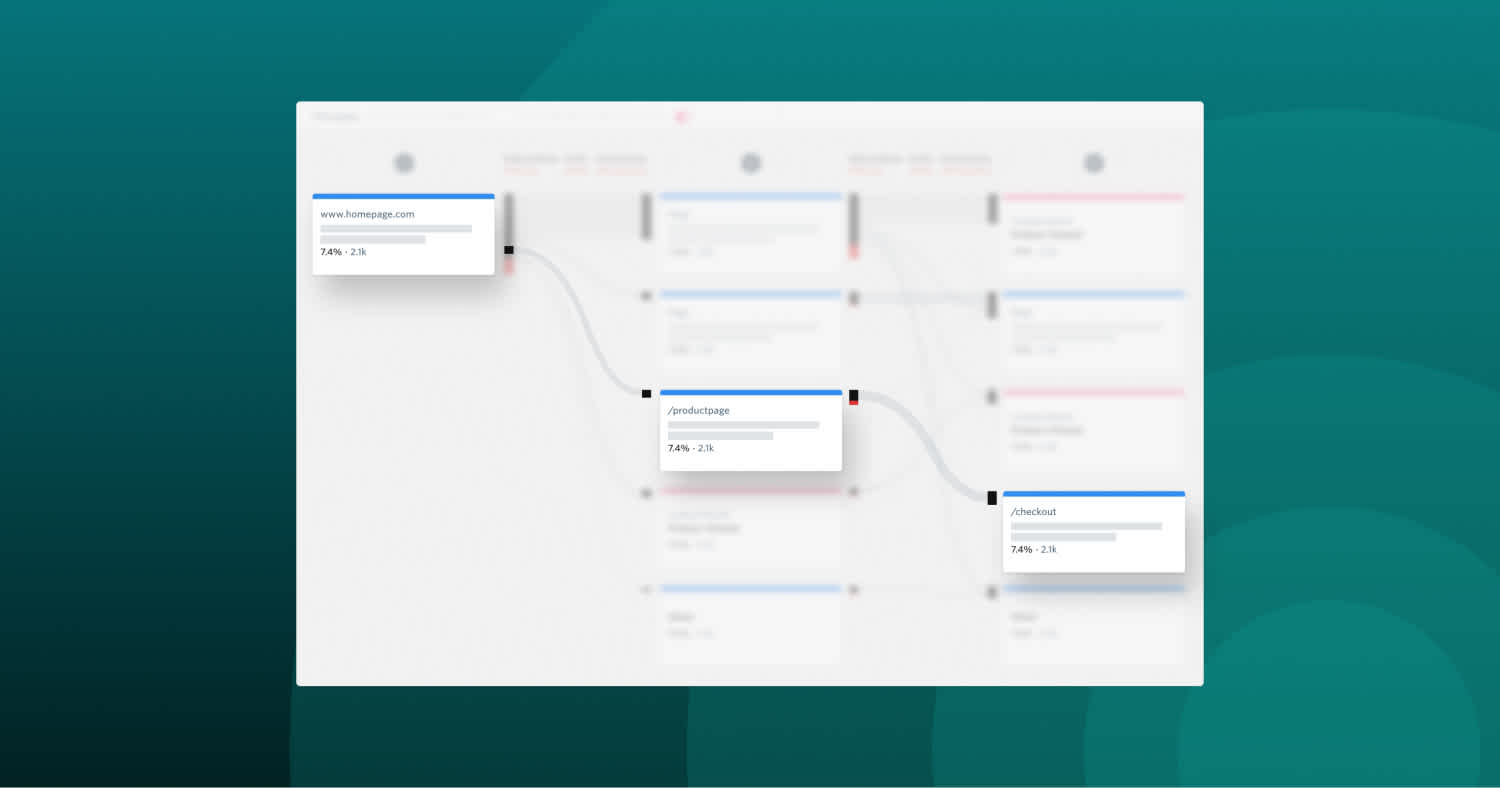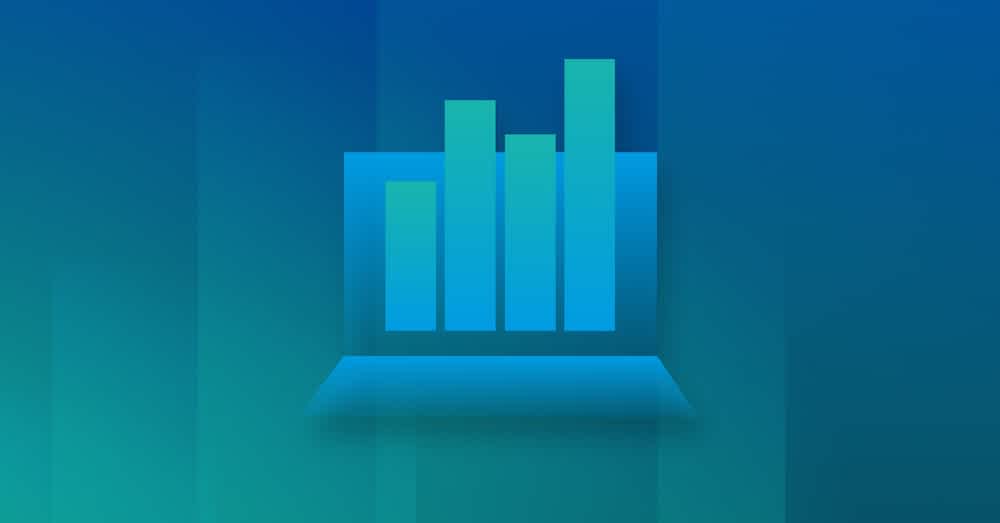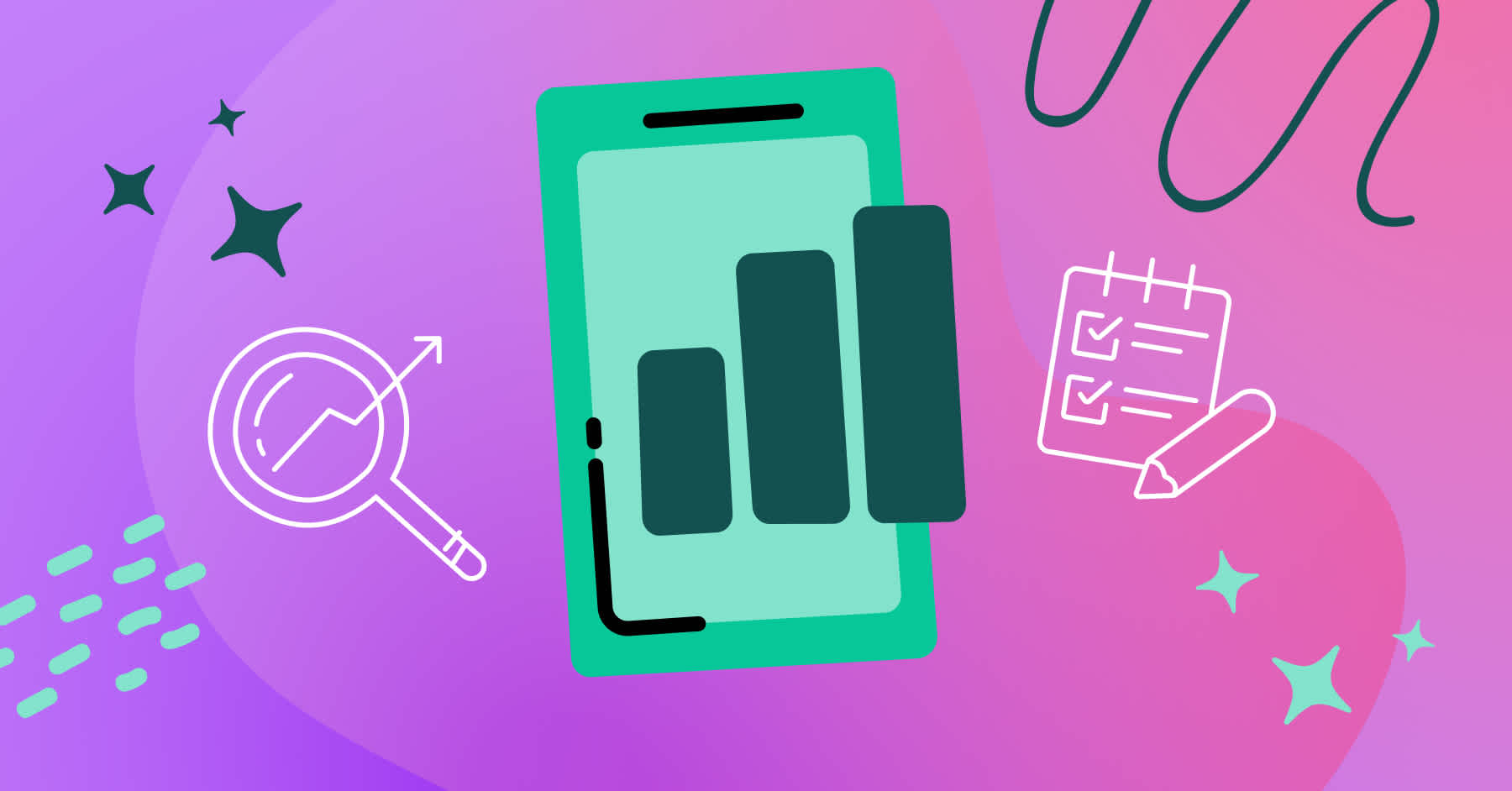Conversion rate optimization (CRO) is one of the most important factors when it comes to scaling your business.
As the process of increasing the probability and percentage of users towards a desired action, it’s the foundation of growth.
Improving your conversions would not be possible if you weren’t learning and applying conversion rate optimization best practices.
The aim is to help improve the probability of the visitor taking desired actions on the relevant page. The other word for these so-called desired actions is “conversions”.
What is conversion rate optimization?
Conversion rate optimization (CRO) is the process of optimizing your website experience based on visitor behavior to help improve the probability of conversions.
CRO was created to help you understand what drives, stops, and encourages your users around the underlying reasons behind why people behave a certain way.
10 conversion rate optimization best practices and tips to help you get started
Below, we break down some of the conversion rate optimization best practices that will help you scale.
Always remember, though: there is no one-size-fits-all approach to CRO. What works for one company might not work for another. Consider these best practices as your starting point.
1. Data should guide you
When it comes to conversion rate optimization, the opinions of people don’t matter. Let the data you acquire guide you to your next experiment.
Make use of both qualitative and quantitative data by using a digital experience analytics or product analytics solution.
Understanding users' actions can help identify areas for improvement. An analytics tool like Fullstory’s behavioral data platform lets you make decisions based on facts and figures rather than instincts. In the CRO process, there are multiple ways to obtain data to understand your results.
For instance, you can fetch relevant information like real-time data, bounce rate, website traffic sources, customer segmentation data, site behavior, and much more. And you can go one step beyond that by finding out user frustration signals like dead, rage, or error clicks to unveil immediate fixes.
By using visitor behavior analysis tools such as heatmaps, session replay, user feedback or customer surveys, analytics, and more, you can see how different features are influencing user behavior.
2. Landing page design matters
Landing page optimization is the process of analyzing and editing website pages to improve the user experience and increase conversions.
This involves analyzing behavioral data to see how users interact with the page, A/B testing these elements, improving performance in search engines, and updating content and CTAs. Here are three ways you can improve your landing pages with CRO:
Find the drivers that lead people to your website with analytics
Find the blocks that might stop them with digital experience intelligence
Find the action items that persuade them to act with A/B testing
3. A/B testing is key
As we’ve learned, understanding your users is the key to success and will help you determine how they’re interacting with your site.
Here are two ways you can use A/B testing for CRO:
Conducting tests and interviews: Watching your customers interact with your website in real-time can give you important data and insights. These can include the pages they frequent, the amount of time they spend on your website, the areas where they’re encountering problems, and more.
Reading case studies and following guidelines on user behavior: Many existing pieces of research and case studies can vastly aid in understanding the collective psyche of your customers, which can, in turn, serve as an excellent source for improving your website’s overall look and feel and increase conversions.
Or you could use an analytics tool to suss out the small nuances that larger testing can’t find.
5. Website copy should match business goals
Creatively written and SEO-optimized content can move the needle. But, if it doesn’t match your business goals, it becomes useless. There is no one size fits all approach, and varying on different industries, a different type of conent will be needed. For example, if run a law firm, you should conside a law firm SEO agency to make sure they will understand your business needs and help you create unique content that adds value to your site
Focus on your brand’s USP
Write for skimmers, not readers
Use succinct language
Bullet points and lists are ideal
Write intriguing headlines
Add high-ranking keywords
Build and monitor a conversion funnel with Fullstory.
6. Have a clear CTA
Your call to action (CTA) is a big factor in conversion rate optimization. When you’re setting out to increase conversions, be sure to include evaluating new and optimized calls to action. You can do this by watching user sessions of older CTAs and improving upon them.
Here are some CTA tips you can implement in order to improve your click-through rate:
Be concise: Your CTA should be clear and provide enough detail to motivate the visitor, let them know what you’re offering and how they can access it.
Clickable buttons: Whether you create a 3D design, a motion graphic, or a flat color, shape your CTA in a way that differentiates it from the rest of your content, which encourages clicking.
Align CTA copy with landing page copy: If the landing page content does not match with the CTA copy, the chance of that visitor bouncing is higher. Keep your copy consistent.
Use numbers: Letting your visitors know a high number of people have already downloaded, purchased, or registered for the offer creates a sense of urgency. Numerical evidence is powerful for CRO.
Create location-specific CTAs: Differentiate the various CTAs on your website. They should not look exactly the same, even if it’s for the same offer.
Include a customer testimonial: Credibility is a nice conversion booster. Sometimes a customer quote or built-in referral makes a difference in conversions.
7. Enlist website navigation
In conversion rate optimization (CRO), users are encouraged to take action on a website by clicking on a desired action. Examples include purchasing a product, adding a product to the cart, signing up for a service, or clicking on a link—that all involves website navigation. In order to improve the website navigation, you can enlist these tips:
Your content is relevant to your audience–including the language you use
Your website’s content is engaging by using a variety of formats
Your website is aligned with the customer journey
Your copy is readable and accessible
Your visuals are compelling
Your links and clickable elements are functioning
You can use behavioral data to analyze any of these website navigation elements as well.
8. Keep forms optimized
Your contact form is key for conversion rate optimization and getting helpful information from leads that your sales team can leverage during the buying process.
Experiment with different versions of your contact form, changing things like:
Color
Text
Number of fields
Copy
Additionally, you can experiment with design elements to make your forms stand out:
Emphasize the CTA: Let your CTA button draw visitors’ eyes to your form with bold colors. Studies have shown that red in particular tends to be higher converting.
Don’t match the background: If your website has a lighter or white background, give your contact form some bold color to make it stand out.
Include large, bold font: Give your contact form a slightly larger font than you use for your regular content, placing more emphasis on the desired action.
Add it above the fold: Your contact form should be placed “above the fold,” meaning users shouldn’t have to scroll down on their screen to locate it.
9. Use maps
With the right analytics tools, you can use heatmaps, click maps, scroll maps, and even customer journey maps to understand user behavior and increase your conversions. Each type of map provides a different layer of insight, helping you pinpoint opportunities for improvement across your site and the broader customer experience.
Heatmaps
Heatmaps are a classic way to understand what users are doing on a single page using graphical representations of data in the form of colors, within a matrix. The areas that attract the most attention are generally marked red while others are shaded in green.
Click maps
Similar to heatmaps, click maps provide data about user interaction on a page by way of where they are clicking the most.
Scroll maps
A scroll map is like a heat map and analyzes how a visitor scrolls through your website. It aids in examining their behavior on various website pages and analyzing areas of concern.
Journey maps
Beyond individual page interactions, customer journey maps help you visualize the complete end-to-end experience users have with your brand, from first awareness to conversion and beyond.
By combining behavioral data from tools like heatmaps and click maps with journey mapping, you gain a more holistic view of the funnel—and can make smarter decisions to improve each stage of the customer’s path.
10. Don’t complicate conversion funnels
Keep your conversion funnels clear of complications. There can be other elements added to the beginning or end of this sales funnel, but keeping the path straight for the customer will allow more conversions on your end.
Any given sales funnel should include these basic steps—attention, persuasion, and decision.
Create a compelling offer. What is it about your conversion funnel that will compel people to click through to the next step?
Are you offering them customized pricing?
A free consultation?
A no-obligation analysis?
An invitation to a workshop?
Sending them a free report?
Giving them “instant access” to your product or service?
Without a compelling offer, you can’t expect people to move through your funnel. From there on out, you can create the steps needed to enable them to continue the customer journey.
Walk a mile in your users’ shoes with Fullstory
With Fullstory’s funnels and conversions, you can validate that the paths you’ve built are working as intended, or quickly spot areas where users get off track.
Further reading: Start learning how to optimize your conversion funnels
Continual CRO is key
All the above-mentioned methods of CRO have become a mainstream effort because it enables companies to understand their customers better.
Also, it exposes a range of data that helps to make future business strategies. Simply put, CRO is not just any tool to enhance your brand’s online performance but it also makes you stand out from other brands.
Through a behavioral data platform like Fullstory, you can uncover ways to improve conversions every day.

